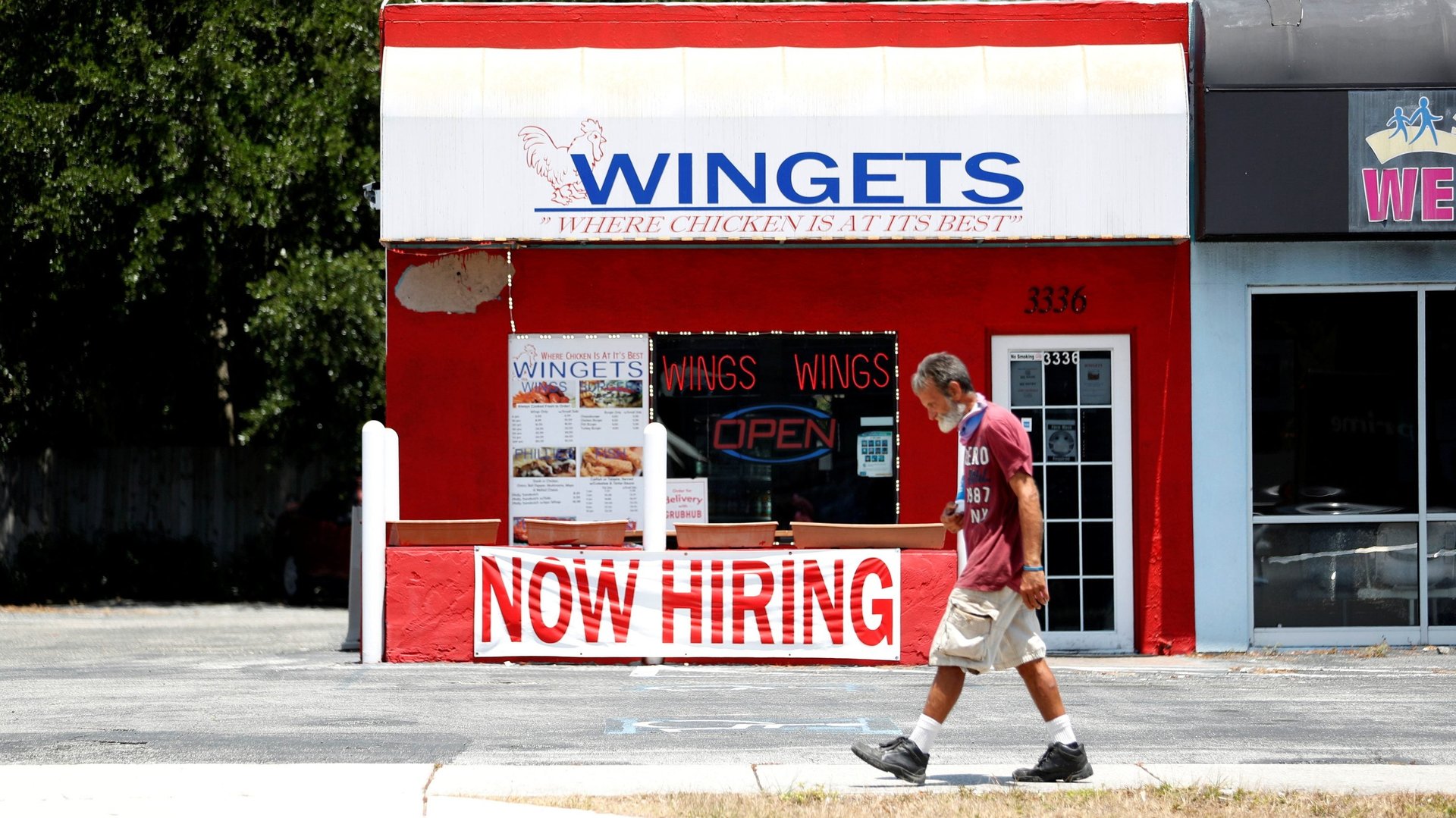Even economists are confused by the latest US jobs report
The US jobs report for November was a tale of conflicting data that showed disappointing job growth and an unemployment rate that fell to its lowest level since before the pandemic.


The US jobs report for November was a tale of conflicting data that showed disappointing job growth and an unemployment rate that fell to its lowest level since before the pandemic.
By one measure, the US economy added only 210,000 jobs, missing economists’ expectations of 550,000 jobs, according to data from the US Bureau of Labor Statistics (BLS) released Nov. 3. Under another, newly employed people topped 1 million and the unemployment rate dropped to 4.2%.
The discrepancies stem from the fact the jobs report is based on two surveys: A larger and less volatile BLS survey of nonfarm businesses and a smaller survey of households conducted by the Census Bureau as part of its current population survey. (Economists traditionally rely on the first for the number of new jobs; and on the second for the number of people that are looking for jobs.)
But the pandemic has made labor statistics noisy, and many economists expect the November report to be revised up later. In the meantime, here’s what we can make of it:
Likely more than 210,000 new jobs
So far this year, the number of new jobs originally reported by the BLS has been revised up every month, except for March. On Friday, the BLS said the economy added 67,000 more jobs in September and 15,000 more jobs in October than the agency reported in its initial report. Since the beginning of 2021, the revisions add up to 976,000 extra jobs. November’s number will likely be revised up as well as the BLS smooths any pandemic-related wonkiness in its data.
Some economists believe numbers from both surveys are being affected by seasonal adjustment errors. The usual methods used to iron out seasonal change are not equipped to account for covid disruptions, for example, high demand for teachers. Non-seasonally adjusted, the household survey shows new 831,000 jobs, while the establishment survey shows 778,000 jobs were added.
Hopeful signs in the economy
Meanwhile, other signals in the economy point to stronger growth. Covid-19 cases in the US declined in November and consumers went about their holiday shopping despite higher prices.
And economists point out that averaging monthly figures is a better way to gauge the economy than looking at a single report. Under that lens, the US has added 555,000 jobs on average every month this year.
More people are working
The report also shows that more workers are getting past their fears of covid and coming off the sidelines. The share of people in their prime working age (25-54) who have a full time job increased by 0.7% to 70.4%, the largest gain since 1984.
Meanwhile, the labor force participation rate—which is the percentage of Americans that are either working or looking for work—jumped up slightly to nearly 62% after months of being stagnant.
Still, even if the November report turns out to be rosier than it looks today, it may tell us little about what to expect in coming months. It is still unclear how omicron will affect the labor market, and the sectors trailing behind on jobs are still those that were most disrupted by the pandemic, like leisure and hospitality, education, and healthcare.